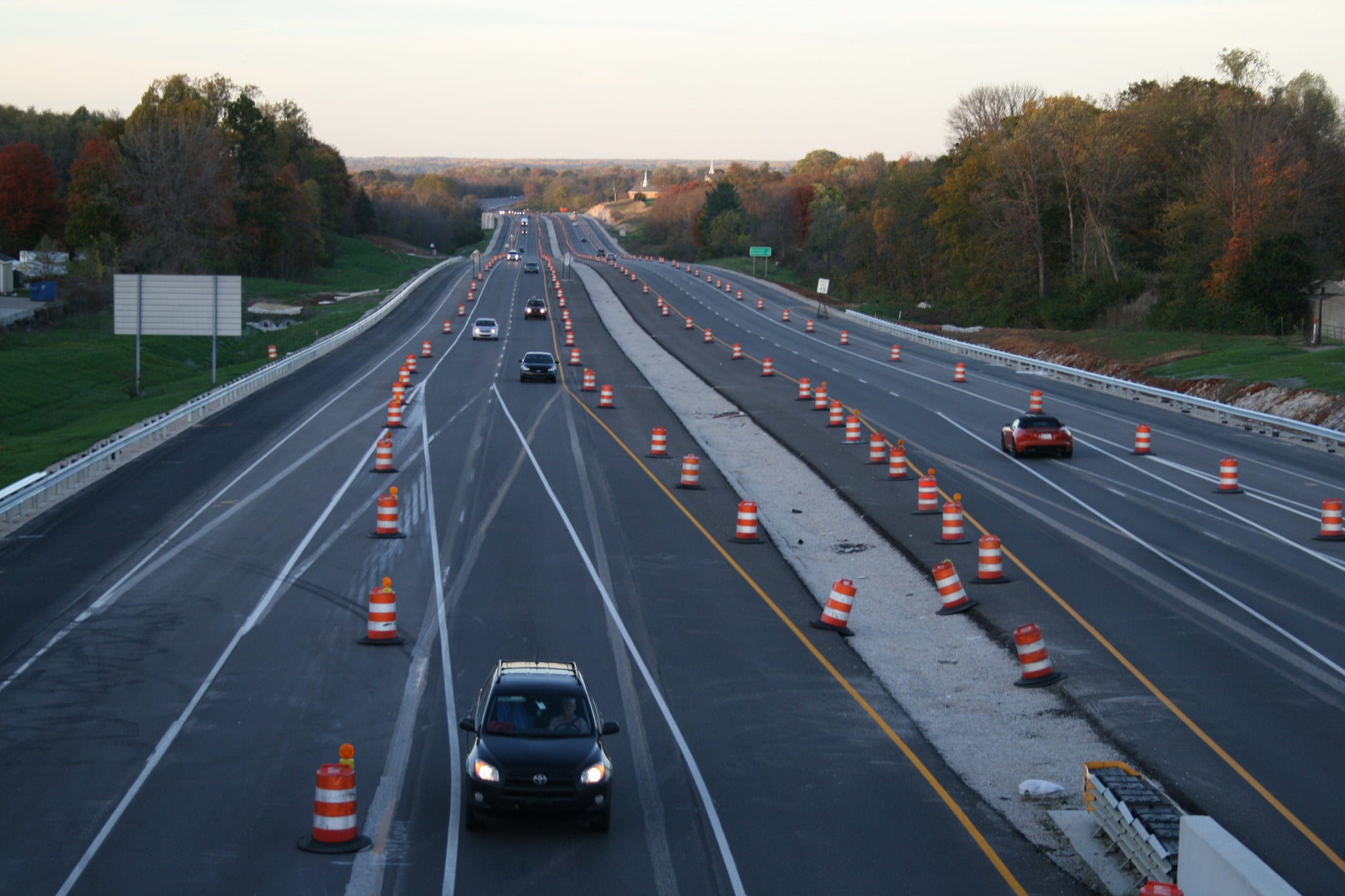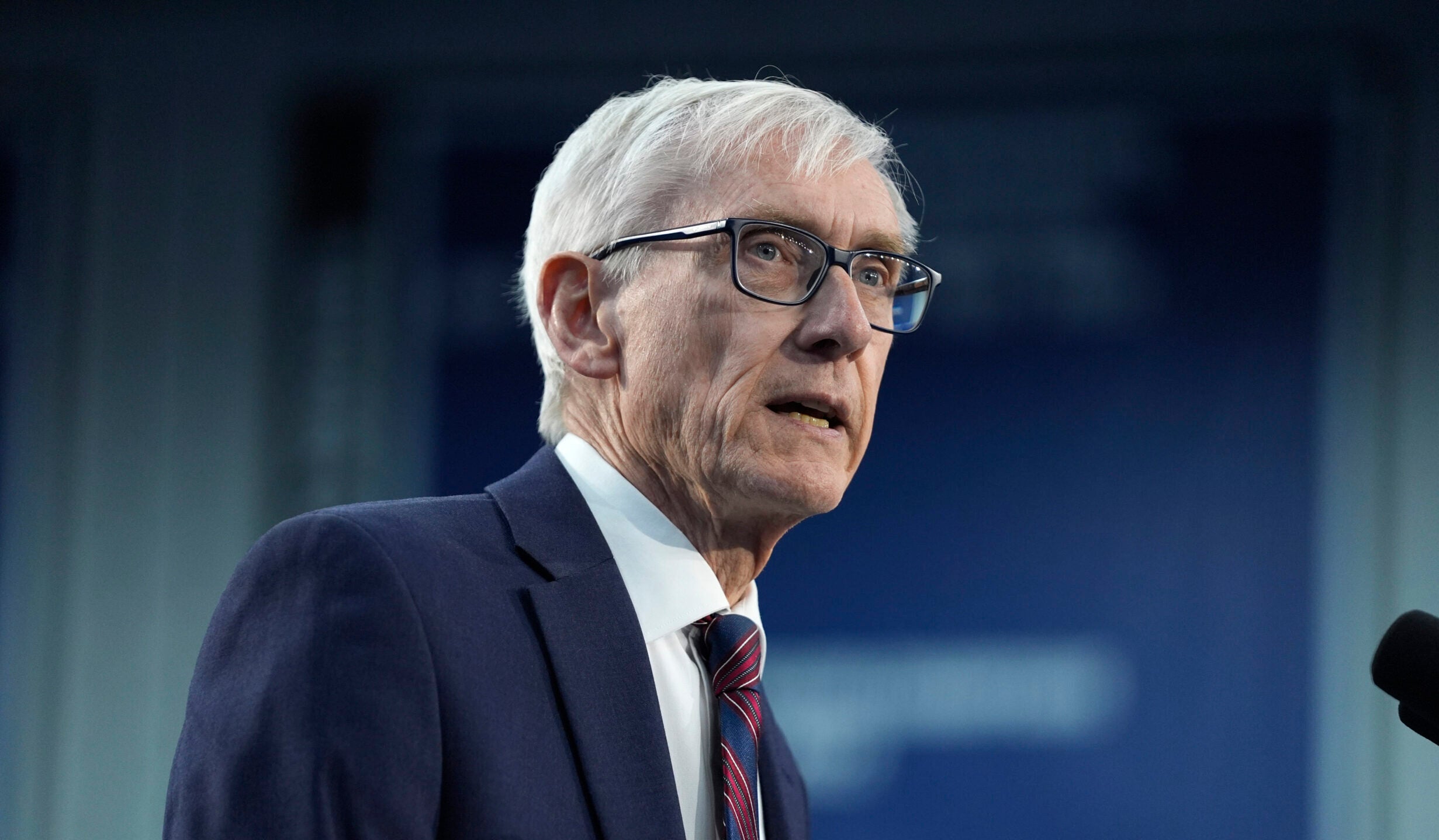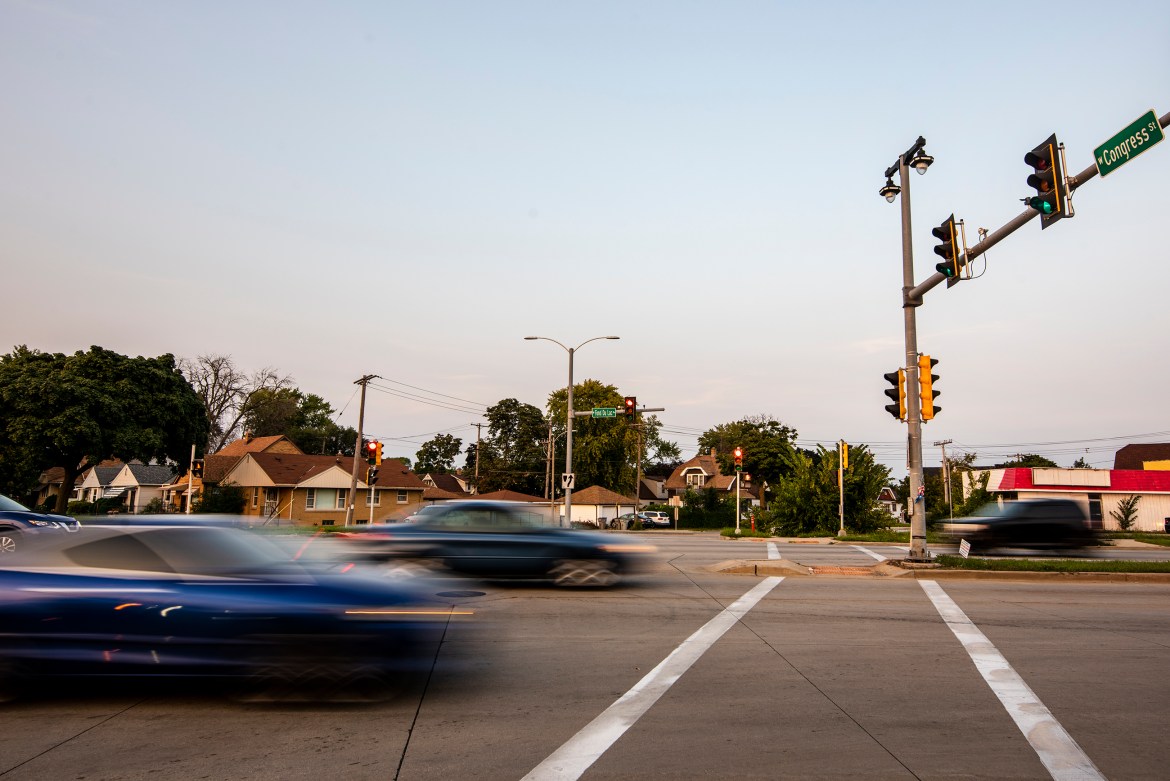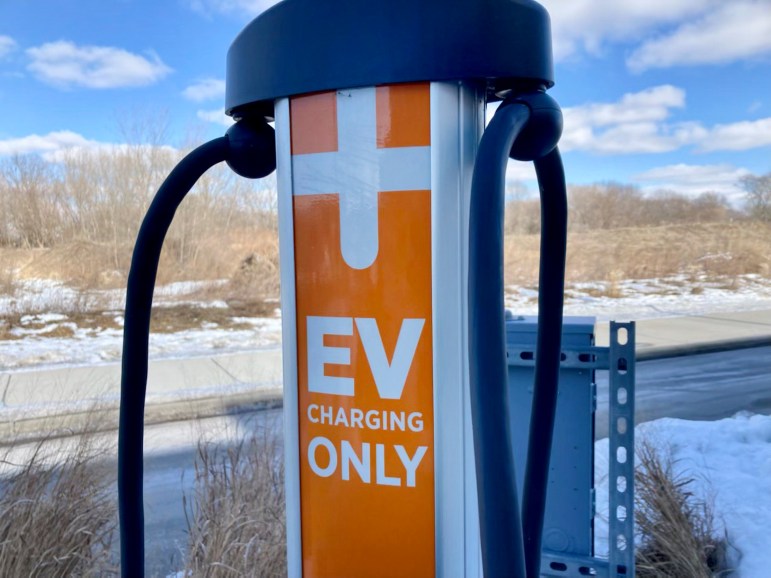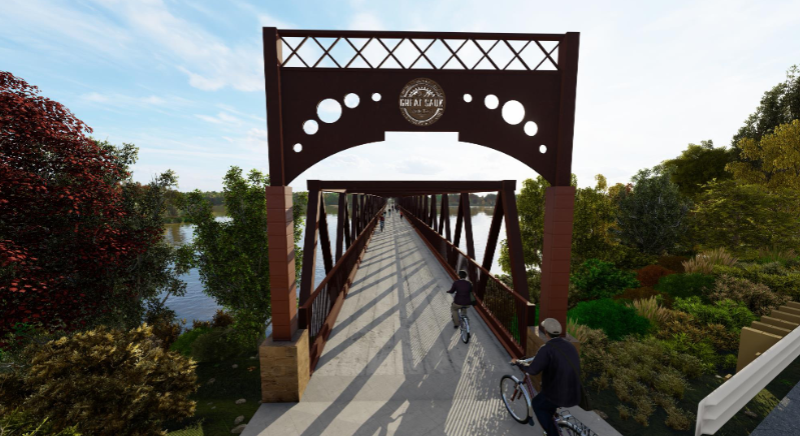More than $200 million in federal funds will support 26 rural road improvement projects across Wisconsin between 2025 and 2029.
In northeast Wisconsin, more than $10 million will go toward repairing roads and bridges in Oneida County thanks to more than $8.3 million in federal funds and nearly $2.2 million in county-matched funds.
“The county has been really active trying to apply for grants. We keep seeing prices of these road projects go up and up and up.” said Alex Hegeman, highway commissioner of the Oneida County Highway Department.
Stay informed on the latest news
Sign up for WPR’s email newsletter.
Hegeman recently joined WPR’s “Wisconsin Today” and said the region has about 172 miles of county roads in Oneida County. He said this latest round of funding will pay for four road projects and three bridge replacement projects.

“County Highway L and County Highway P have been two roads that have been on the radar for quite a long time,” he said. “They’re both old state highways, U.S. 51 and U.S. 8.”
Under the Bipartisan Infrastructure Law, Wisconsin’s Surface Transportation Program allocates federal funds to repair roadways in urban and rural areas.
“I think we’re starting to catch up a little bit as far as our new resurfacing projects,” Hegeman said.
He shared firsthand insight with “Wisconsin Today” about how decisions are made for road resurfacing and replacement projects.
The following has been edited for clarity and brevity
RF: What kind of roads are going to see an impact from the state’s Surface Transportation Program?
AH: We’ve lucked out, and we’ve gotten several different grants awarded to us. In 2025, we have two projects going on County Highway l between U.S. 51 and the Lincoln County line.
The state transportation program project is around $2.7 million. That’s going to be a resurfacing of just over 6 miles of highway. We also have a bridge project on that same road. We worked in conjunction with the Wisconsin (Department of Transportation) and we were able to schedule those projects to basically take place at the same time to try and minimize any impact to the users.
On top of that, Oneida County has received funding for two other bridge replacements. One in 2026 and one in 2027. Plus three other of the road-funded projects: two roads on County Highway P and one on County Highway W.
These are definitely projects to help Oneida County get back on track with their resurfacing program. It’s definitely a needed boost in funding.
RF: How do you make the decision of patches versus resurfacing or complete tear down?
AH: We take a lot of things into consideration: traffic count, the age of the pavement, the type of pavement, different things like that.
A lot of the facets that we look at when we’re looking at redoing a road is to figure out what the best solution is to resurface this, and how do we resurface it knowing that it’s going to be six miles of road. That’d be pretty much all of our budget for a year.

RF: Every four years, the American Society of Civil Engineers issues a report card to measure infrastructure across the nation. This year, Wisconsin received a C grade for its more than 115,500 roads. What do you know about the state of the bridges in Oneida County?
AH: We’ve got a handful that are in need of some work. With the extra federal money that’s out there, Oneida County has been approved for three bridge replacements over the next couple years. That’s definitely going to help us get over that hump.
Bridges have ratings from basically zero to 100 and these three bridges are rated less than 50, so they’re eligible for replacement.
RF: How do you reach people with business interests in the county to explain what’s going on and limit the impact on their business?
AH: Especially when it comes to a bridge project, we know where there’s going to be a detour and the road is going to be closed for an extended length of time. With this federal money, we’re required to do a public involvement. Basically, we try to reach out to all the local officials. We reach out to the schools, the sheriff’s department, emergency services, things like that.
At the same time, we try to reach out to business owners and people that are going to be impacted by this project, just to give them enough heads up to try and plan accordingly.
Unfortunately, it’s been part of the game where, in order to do some of this work, the road is going to have to be closed. We just try to find ways to get those projects done as quickly and as efficiently as possible.
Wisconsin Public Radio, © Copyright 2025, Board of Regents of the University of Wisconsin System and Wisconsin Educational Communications Board.
